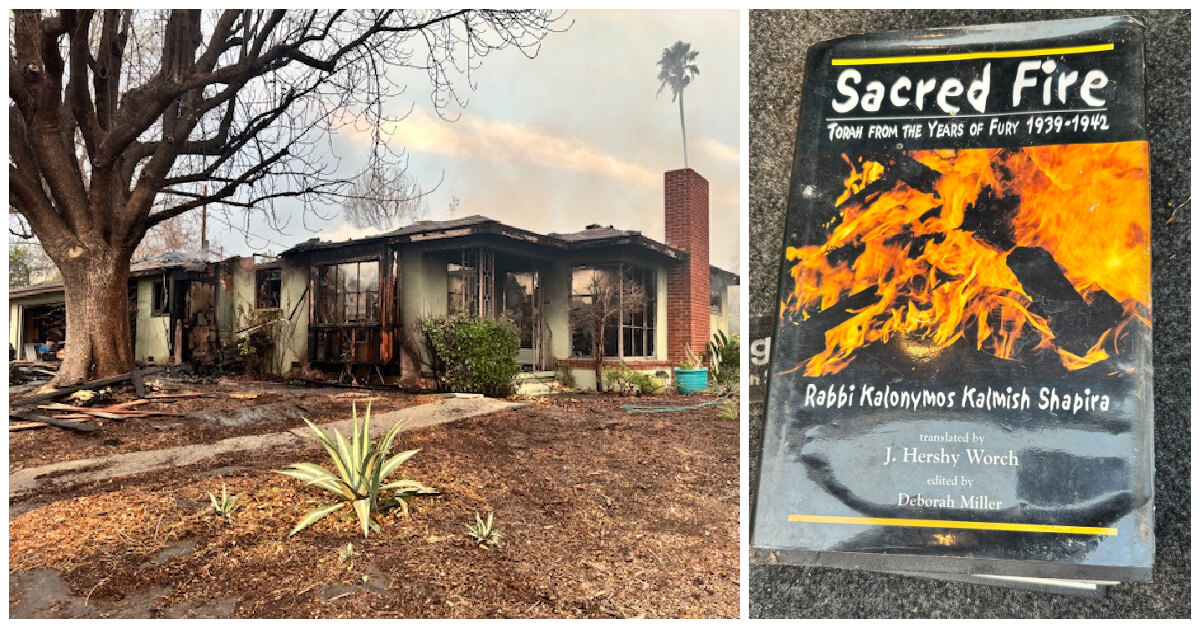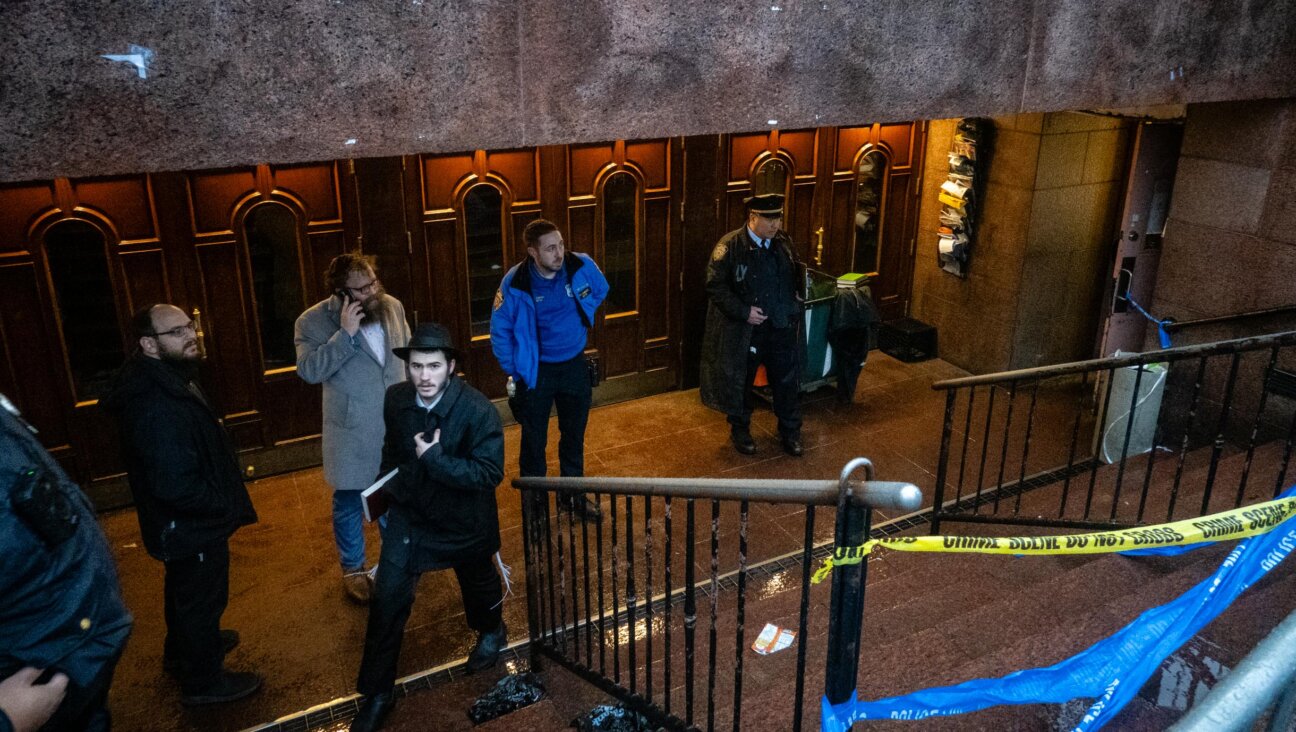Journalist Investigates Rise of Neo-Nazi ‘Little Hitlers’
Several years ago, journalist Elinor Langer was on an airplane preparing for a lecture she was about to give about the death of Mulugeta Seraw, an Ethiopian immigrant murdered by skinheads in Portland, Ore., in 1989.
As Langer began shuffling through pictures and cartoons that the police had seized from the house of one of the skinheads, she began to notice that the woman seated next to her was staring at her.
Finally the woman couldn’t contain herself any longer. “May I ask you what you have there?” she demanded.
What Langer had was a trove of material that she has since weaved into “A Hundred Little Hitlers: The Death of a Black Man, the Trial of a White Racist, and the Rise of the Neo-Nazi Movement in America” (Metropolitan Books), her account of the murder of Seraw, the arrest of the three skinheads who killed him one beer-soaked night and the subsequent lawsuit against White Aryan Resistance founder Tom Metzger — even though Metzger never met either Seraw or his murderers.
Langer began working on “A Hundred Little Hitlers” when she first learned of the case 14 years ago. One of the skinheads involved lived a few blocks away from her. Another was the homecoming king at one of the local high schools and the son of a prominent civic leader whom Langer knew. A third was a member of the Portland art community and the subject of a short film by Gus Van Sant titled “Ken Death Gets Out of Jail.”
“It was impossible for me, right from the beginning, to view this as a case of ‘others’ or strangers [from the community],” Langer told the Forward in an interview. “That wasn’t the case.”
She wrote a long cover article about Seraw’s murder and the Portland skinheads for The Nation in 1990. For the next 13 years, other than an occasional article and a little teaching at Reed College, Langer was ensconced in the world of skinheads and neo-Nazis.
“It really took a long time to understand,” Langer said. “It was very far from my experience, and I spent a long time living with it, mulling it over, getting a real feeling for it.”
Langer has an easy-going, gentle voice. When she is asked a question, she pauses and carefully considers her answer. It is difficult to imagine this good-natured, well-mannered wife and mother interviewing neo-Nazis and skinheads — almost all of whom knew that Langer was Jewish.
“I had said in the Nation article that I was Jewish,” Langer said. “Anyone who talked to me, after reading that, knew. Tom Metzger certainly knew — one of the reasons he agreed to talk to me was because he thought that the Nation piece was fair. If it came up, it came up, but my impression is that most people forgot about it, or didn’t really care.
“I think with a lot of these characters their antisemitism is — well, I don’t want to say more theoretical than actual, because it’s very actual — it just doesn’t kick in in any individual encounters,” Langer said. “And I found it was the same in [Metzger’s] interactions with black people.”
Langer was born in 1939 in Brooklyn, but grew up primarily in Boston. “I’ve always felt that growing up… during World War II [cemented] my long fascination with Nazism,” Langer said. “From 1939 to 1945 everyone was gathered around the radio listening to war news, listening to President Roosevelt. My family was not directly affected by the Holocaust, but there was still just such a strong connection every Jewish family had. It was really haunting; it gets to you.”
After graduating from Swarthmore College, Langer worked for Science magazine during the 1960s writing pieces about science and politics, and later for the muckraking, left-wing monthly Ramparts, which she described as “the precursor to Mother Jones.” In 1969 she left Ramparts to strike out on her own, and in 1984 she came out with “Josephine Herbst,” a book she labored on for 11 years about the eponymous 1930s radical novelist and journalist.
When Langer started working on “A Hundred Little Hitlers,” the skinhead movement was starting to take root in Portland, mostly sprouting out of the “Death Metal” music that was popular among white supremacists. Hundreds of teenagers and twenty-somethings were joining skinhead and neo-Nazi gangs like East Side White Pride and attending concerts.
All of this is sketched in Langer’s book. What makes “A Hundred Little Hitlers” so compelling is Langer’s balanced character sketches — of both the neo-Nazis and their victims. She even found herself partially siding with Metzger in the case against him for civil liability in Seraw’s death, which had been brought by the Southern Poverty Law Center and the Anti-Defamation League. Their arguments were, Langer told the Forward, “dramatically told, convincingly told and conflicting with the understanding I had of the case.”
Some reviewers have already wondered in print whether Langer was too forgiving of Metzger, but the author has her mind set on a loftier goal. “My intention was to show Metzger to be a powerful and effective and charismatic right-wing leader that I believe him to be,” Langer said. “What some people might be mistaking for sympathy [was my] effort to show his attractiveness; if he weren’t attractive, he wouldn’t be an effective leader.”
A message from our Publisher & CEO Rachel Fishman Feddersen

I hope you appreciated this article. Before you go, I’d like to ask you to please support the Forward’s award-winning, nonprofit journalism so that we can be prepared for whatever news 2025 brings.
At a time when other newsrooms are closing or cutting back, the Forward has removed its paywall and invested additional resources to report on the ground from Israel and around the U.S. on the impact of the war, rising antisemitism and polarized discourse.
Readers like you make it all possible. Support our work by becoming a Forward Member and connect with our journalism and your community.
— Rachel Fishman Feddersen, Publisher and CEO






















